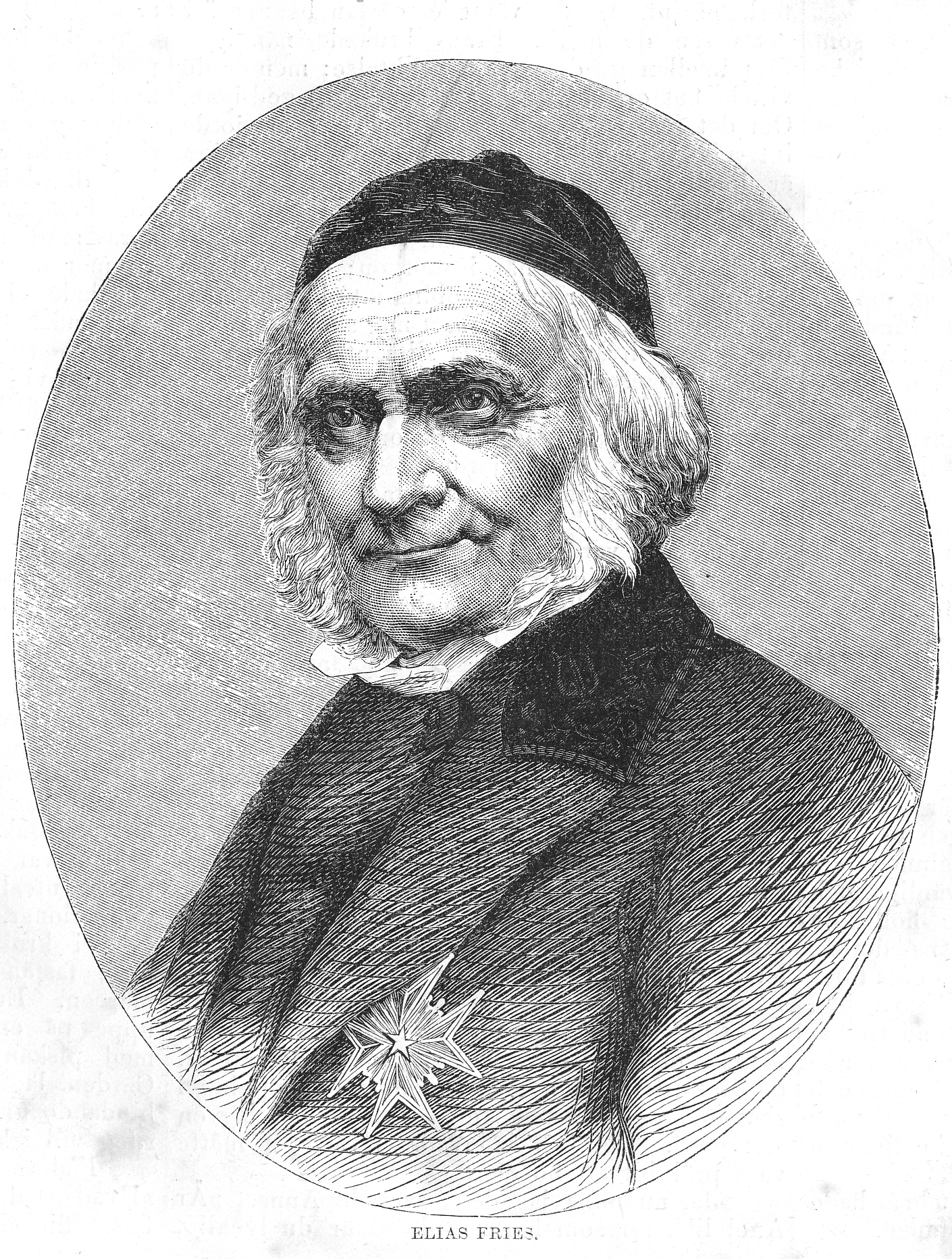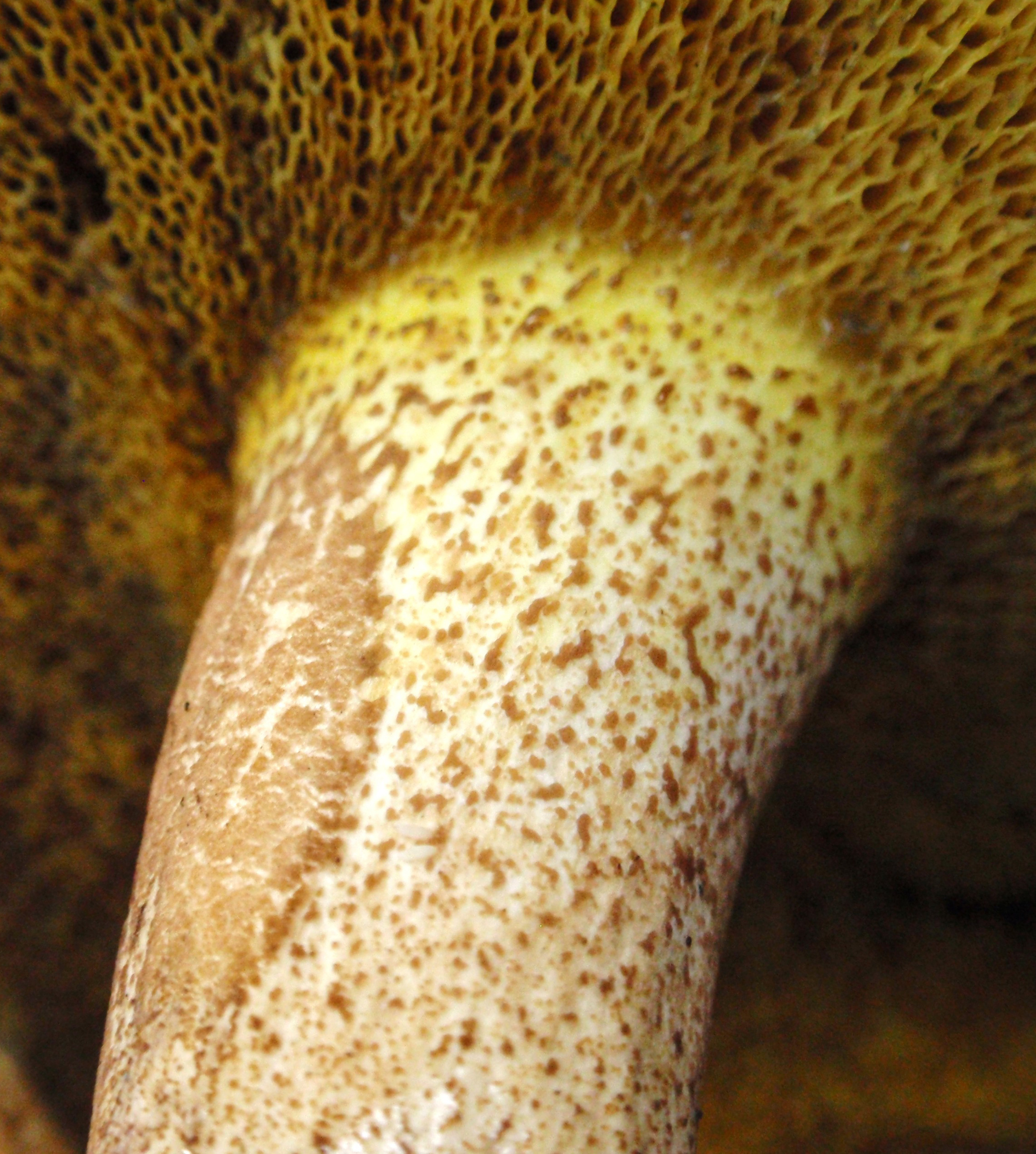|
Suillus Collinitus
''Suillus collinitus'' is a pored mushroom of the genus '' Suillus'' in the family Suillaceae. It is an edible mushroom found in European pine forests. The mushroom has a reddish to chestnut-brown cap that reaches up to in diameter, and a yellow stem measuring up to tall by thick. On the underside of the cap are small angular pores, initially bright yellow before turning greenish-brown with age. A characteristic feature that helps to distinguish it from similar ''Suillus'' species, such as '' S. granulatus'', is the pinkish mycelia at the base of the stem. Molecular analysis has shown the species to be related to other typical Mediterranean ''Suillus'' species such as '' S. bellinii'', '' S. luteus'', and '' S. mediterraneensis''. ''S. collinitus'' is a mycorrhizal species, and forms associations with several species of pine, most notably the Aleppo pine. This tree species is commonly used in reforestation schemes and soil conservation agains ... [...More Info...] [...Related Items...] OR: [Wikipedia] [Google] [Baidu] |
Elias Fries
Elias Magnus Fries (15 August 1794 – 8 February 1878) was a Swedish mycologist and botanist. Career Fries was born at Femsjö ( Hylte Municipality), Småland, the son of the pastor there. He attended school in Växjö. He acquired an extensive knowledge of flowering plants from his father. In 1811 Fries entered Lund University where he obtained a doctorate in 1814. In the same year he was appointed an associate professorship in botany. He was elected a member of the Royal Swedish Academy of Sciences, and in 1824, became a full professor. In 1834 he became Borgström professor (Swed. ''Borgströmianska professuren'', a chair endowed by Erik Eriksson Borgström, 1708–1770) in applied economics at Uppsala University. The position was changed to "professor of botany and applied economics" in 1851. He was elected a Foreign Honorary Member of the American Academy of Arts and Sciences in 1849. That year he was also appointed director of the Uppsala University Botanica ... [...More Info...] [...Related Items...] OR: [Wikipedia] [Google] [Baidu] |
Reforestation
Reforestation (occasionally, reafforestation) is the natural or intentional restocking of existing forests and woodlands ( forestation) that have been depleted, usually through deforestation, but also after clearcutting. Management A debated issue in managed reforestation is whether or not the succeeding forest will have the same biodiversity as the original forest. If the forest is replaced with only one species of tree and all other vegetation is prevented from growing back, a monoculture forest similar to agricultural crops would be the result. However, most reforestation involves the planting of different selections of seedlings taken from the area, often of multiple species. Another important factor is the natural regeneration of a wide variety of plant and animal species that can occur on a clear cut. In some areas the suppression of forest fires for hundreds of years has resulted in large single aged and single species forest stands. The logging of small clear cuts ... [...More Info...] [...Related Items...] OR: [Wikipedia] [Google] [Baidu] |
Elias Magnus Fries
Elias Magnus Fries (15 August 1794 – 8 February 1878) was a Swedish mycologist and botanist. Career Fries was born at Femsjö ( Hylte Municipality), Småland, the son of the pastor there. He attended school in Växjö. He acquired an extensive knowledge of flowering plants from his father. In 1811 Fries entered Lund University where he obtained a doctorate in 1814. In the same year he was appointed an associate professorship in botany. He was elected a member of the Royal Swedish Academy of Sciences, and in 1824, became a full professor. In 1834 he became Borgström professor (Swed. ''Borgströmianska professuren'', a chair endowed by Erik Eriksson Borgström, 1708–1770) in applied economics at Uppsala University. The position was changed to "professor of botany and applied economics" in 1851. He was elected a Foreign Honorary Member of the American Academy of Arts and Sciences in 1849. That year he was also appointed director of the Uppsala University Botani ... [...More Info...] [...Related Items...] OR: [Wikipedia] [Google] [Baidu] |
Species Description
A species description is a formal description of a newly discovered species, usually in the form of a scientific paper. Its purpose is to give a clear description of a new species of organism and explain how it differs from species that have been described previously or are related. In order for species to be validly described, they need to follow guidelines established over time. Zoological naming requires adherence to the ICZN code, plants, the ICN, viruses ICTV, and so on. The species description often contains photographs or other illustrations of type material along with a note on where they are deposited. The publication in which the species is described gives the new species a formal scientific name. Some 1.9 million species have been identified and described, out of some 8.7 million that may actually exist. Millions more have become extinct throughout the existence of life on Earth. Naming process A name of a new species becomes valid (available in zo ... [...More Info...] [...Related Items...] OR: [Wikipedia] [Google] [Baidu] |
Internal Transcribed Spacer
Internal transcribed spacer (ITS) is the spacer DNA situated between the small-subunit ribosomal RNA (rRNA) and large-subunit rRNA genes in the chromosome or the corresponding transcribed region in the polycistronic rRNA precursor transcript. ITS across life domains In bacteria and archaea, there is a single ITS, located between the 16S and 23S rRNA genes. Conversely, there are two ITSs in eukaryotes: ITS1 is located between 18S and 5.8S rRNA genes, while ITS2 is between 5.8S and 28S (in opisthokonts, or 25S in plants) rRNA genes. ITS1 corresponds to the ITS in bacteria and archaea, while ITS2 originated as an insertion that interrupted the ancestral 23S rRNA gene. Organization In bacteria and archaea, the ITS occurs in one to several copies, as do the flanking 16S and 23S genes. When there are multiple copies, these do not occur adjacent to one another. Rather, they occur in discrete locations in the circular chromosome. It is not uncommon in bacteria to carry tRNA ... [...More Info...] [...Related Items...] OR: [Wikipedia] [Google] [Baidu] |
Suillus Pungens
''Suillus pungens'', commonly known as the pungent slippery jack or the pungent suillus, is a species of fungus in the genus ''Suillus''. The fruit bodies of the fungus have slimy convex caps up to wide. The mushroom is characterized by the very distinct color changes that occur in the cap throughout development. Typically, the young cap is whitish, later becoming grayish-olive to reddish-brown or a mottled combination of these colors. The mushroom has a dotted stem (stipe) up to long, and thick. On the underside on the cap is the spore-bearing tissue consisting of minute vertically arranged tubes that appear as a surface of angular, yellowish pores. The presence of milky droplets on the pore surface of young individuals, especially in humid environments, is a characteristic feature of this species. ''S. pungens'' can usually be distinguished from other similar ''Suillus'' species by differences in distribution, odor and taste. The mushroom is considered edible, but not ... [...More Info...] [...Related Items...] OR: [Wikipedia] [Google] [Baidu] |
Suillus Neoalbidipes
''Suillus neoalbidipes'' is a species of edible mushroom Edible mushrooms are the fleshy and edible fruit bodies of several species of macrofungi (fungi which bear fruiting structures that are large enough to be seen with the naked eye). They can appear either below ground (hypogeous) or above ground ... in the genus '' Suillus''. It was described as a new species by Mary Palm and Elwin Stewart in 1984. See also * List of North American boletes References External links * neoalbidipes Edible fungi Fungi of North America Fungi described in 1984 {{Basidiomycota-stub ... [...More Info...] [...Related Items...] OR: [Wikipedia] [Google] [Baidu] |
Suillus Glandulosipes
''Suillus glandulosipes'' is a species of edible mushroom in the genus '' Suillus''. It was first described scientifically by American mycologists Harry D. Thiers Harry Delbert Thiers (January 22, 1919 in Fort McKavett, Texas – August 8, 2000 in Ohio) was an American mycologist who studied and named many fungi native to North America, particularly California. Thiers taught mycology at San Francisco St ... and Alexander H. Smith in 1964. References External links * glandulosipes Edible fungi Fungi of North America Fungi described in 1964 {{Basidiomycota-stub ... [...More Info...] [...Related Items...] OR: [Wikipedia] [Google] [Baidu] |
Suillus Pseudobrevipes
''Suillus pseudobrevipes'' is a species of edible mushroom in the genus '' Suillus''. It was first described scientifically by American mycologists Harry D. Thiers and Alexander H. Smith in 1964. This fungal species have a distinctive fibrillous annulus. Compare with '' Suillus brevipes''. See also *List of North American boletes __NOTOC__ This is a list of bolete species found in North America. Bolding of the species name, and an asterisk (*) following indicate the species is the type species of that genus. '' Aureoboletus'' *''Aureoboletus auriporus'' *''Aureoboletus ... References External links * pseudobrevipes Edible fungi Fungi of North America Fungi described in 1964 Taxa named by Alexander H. Smith {{Basidiomycota-stub ... [...More Info...] [...Related Items...] OR: [Wikipedia] [Google] [Baidu] |
Suillus Brevipes
''Suillus brevipes'' is a species of fungus in the family Suillaceae. First described by American mycologists in the late 19th century, it is commonly known as the stubby-stalk or the short-stemmed slippery Jack. The fruit bodies (mushrooms) produced by the fungus are characterized by a chocolate to reddish-brown cap covered with a sticky layer of slime, and a short whitish stipe that has neither a partial veil nor prominent, colored glandular dots. The cap can reach a diameter of about , while the stipe is up to long and thick. Like other bolete mushrooms, ''S. brevipes'' produces spores in a vertically arranged layer of spongy tubes with openings that form a layer of small yellowish pores on the underside of the cap. ''Suillus brevipes'' grows in a mycorrhizal association with various species of two- and three-needled pines, especially lodgepole and ponderosa pine. The fungus is found throughout North America, and has been introduced to several other countries via tr ... [...More Info...] [...Related Items...] OR: [Wikipedia] [Google] [Baidu] |
Suillus Weaverae
''Suillus weaverae'' (sometimes incorrectly referred to as ''Suillus granulatus'' in North America) is a bolete mushroom in the genus ''Suillus'' found in the United States and Canada. Previously thought to only exist in small numbers in Minnesota, ''Suillus weaverae'' has been rediscovered as a species wherever ''Suillus granulatus ''Suillus granulatus'' is a pored mushroom of the genus ''Suillus'' in the family Suillaceae. It is similar to the related '' S. luteus'', but can be distinguished by its ringless stalk. Like ''S. luteus'', it is an edible mushroom th ...'' has been described in the Eastern United States. References External links {{Taxonbar, from=Q20818012 weaverae Fungi of North America Taxa named by Alexander H. Smith ... [...More Info...] [...Related Items...] OR: [Wikipedia] [Google] [Baidu] |
Inoculant
Inoculation is the act of implanting a pathogen or other microorganism. It may refer to methods of artificially inducing immunity against various infectious diseases, or it may be used to describe the spreading of disease, as in "self-inoculation," the spreading of disease from one part of the body to another, or even to the spreading of bacteria in a Petri dish for culturing purposes. The terms "inoculation", "vaccination", and "immunization" are often used synonymously, but there are some important differences among them. Inoculation is the act of implanting a disease inside a person or animal, vaccination is the act of implanting or giving someone a vaccine specifically, and immunization is what happens to the immune system as a result. Terminology Until the early 1800s inoculation referred only to variolation (from the Latin word ''variola'' = smallpox), the predecessor to the smallpox vaccine. The smallpox vaccine, introduced by Edward Jenner in 1796, was called cowpox inoc ... [...More Info...] [...Related Items...] OR: [Wikipedia] [Google] [Baidu] |






